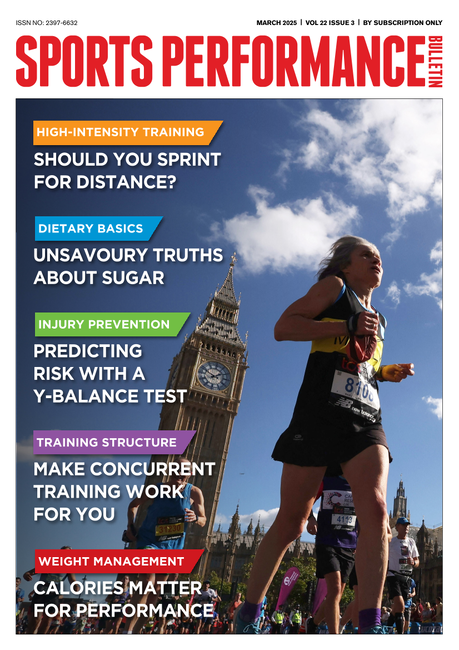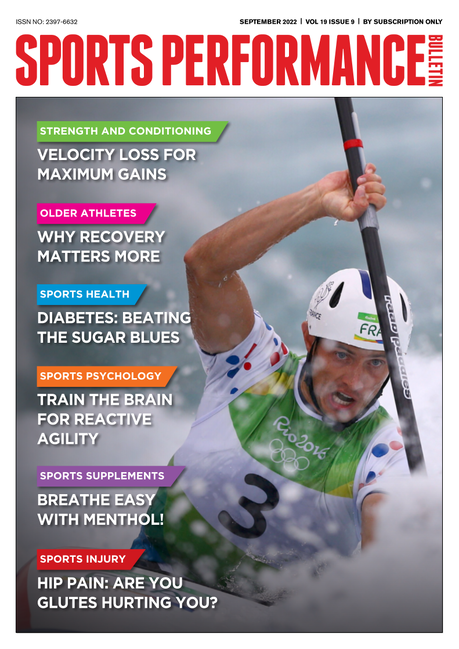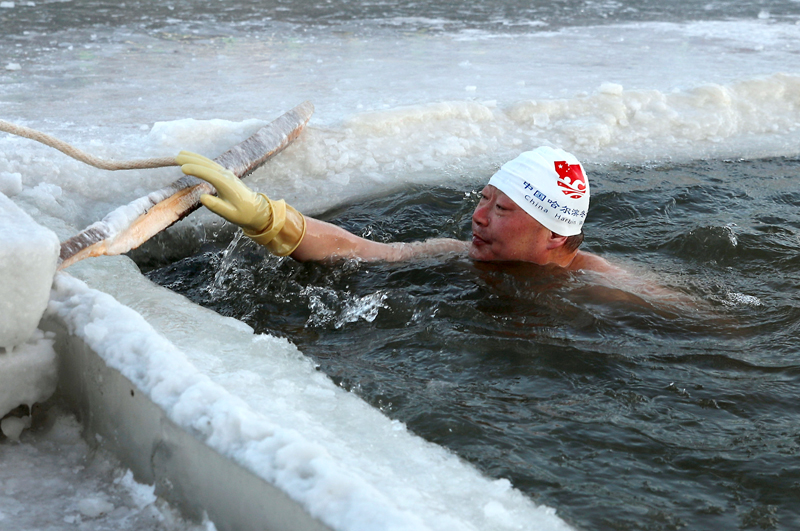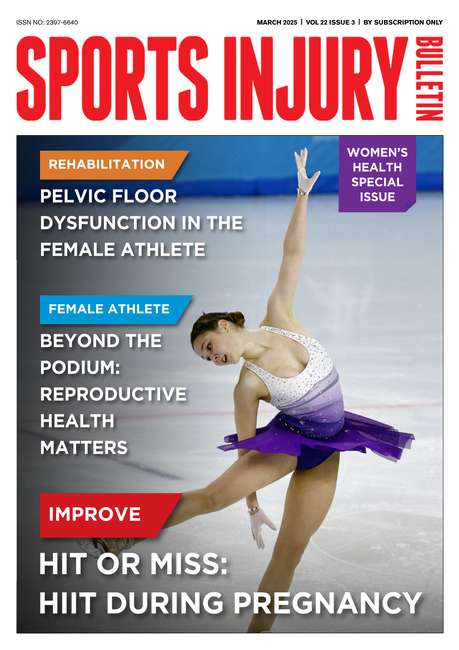Altitude training: turn up the heat for enduring benefits

Although many readers won’t remember them, something special marked out the 1968 Olympic Games, which was held in Mexico City. Competitors in the sprint and jump events almost always excelled and many records were broken, while athletes competing in endurance events struggled, with many failing to come close even to their personal best. Of the 26 Olympic and world athletics records set, only one came in a track event over 800 metres.
The reason for these unusual results was simple; at approximately 2,240 meters (7,350 feet) above sea level, Mexico City is one of the highest capital cities in the world. At this altitude, air is 20% thinner, meaning there is 20% less oxygen to fuel endurance activity, which explains why the distance athletes struggled so much. Meanwhile, the thinner air was a positive benefit to athletes such as track and cycling sprinters who needed to overcome air resistance, but could do so without resorting to energy delivered by the aerobic (oxygen dependent) energy system.
Altitude and endurance
Although sports physiologists were previously aware of the ‘altitude effect’, it was only after the 1968 Olympic Games when the effects of altitude on endurance performance were hammered home. And because it was known that the human body tends to adapt to and compensate for its environment, there soon followed a growing interest in the use of moderate altitude training – ie at altitudes of approximately 2000-3000 metres (6,800-10,000ft) - to improve competition performance both at altitude and sea level see figure 1). In particular, research shows that when endurance athletes are exposed acutely to moderate altitude, a number of physiological responses occur that can initially comprise performance at altitude but which over time can lead to positive adaptations, conferring an advantage when returning to sea level. These include(1):
· Neurological and muscular adaptations that improve oxygen delivery to and utilization in the muscles.
· An increased training stimulus for the same workload due to the low-oxygen environment.
· Improved blood haemoglobin levels (the component in red blood cells that transports oxygen in the blood) and red blood cell numbers.
Figure 1: How high is high enough for the altitude effect?
You need to be logged in to continue reading.
Please register for limited access or take a 30-day risk-free trial of Sports Performance Bulletin to experience the full benefits of a subscription. TAKE A RISK-FREE TRIAL
TAKE A RISK-FREE TRIAL
Newsletter Sign Up
Testimonials
Dr. Alexandra Fandetti-Robin, Back & Body Chiropractic
Elspeth Cowell MSCh DpodM SRCh HCPC reg
William Hunter, Nuffield Health
Newsletter Sign Up
Coaches Testimonials
Dr. Alexandra Fandetti-Robin, Back & Body Chiropractic
Elspeth Cowell MSCh DpodM SRCh HCPC reg
William Hunter, Nuffield Health
Keep up with latest sports science research and apply it to maximize performance
Today you have the chance to join a group of athletes, and sports coaches/trainers who all have something special in common...
They use the latest research to improve performance for themselves and their clients - both athletes and sports teams - with help from global specialists in the fields of sports science, sports medicine and sports psychology.
They do this by reading Sports Performance Bulletin, an easy-to-digest but serious-minded journal dedicated to high performance sports. SPB offers a wealth of information and insight into the latest research, in an easily-accessible and understood format, along with a wealth of practical recommendations.
*includes 3 coaching manuals
Get Inspired
All the latest techniques and approaches
Sports Performance Bulletin helps dedicated endurance athletes improve their performance. Sense-checking the latest sports science research, and sourcing evidence and case studies to support findings, Sports Performance Bulletin turns proven insights into easily digestible practical advice. Supporting athletes, coaches and professionals who wish to ensure their guidance and programmes are kept right up to date and based on credible science.









